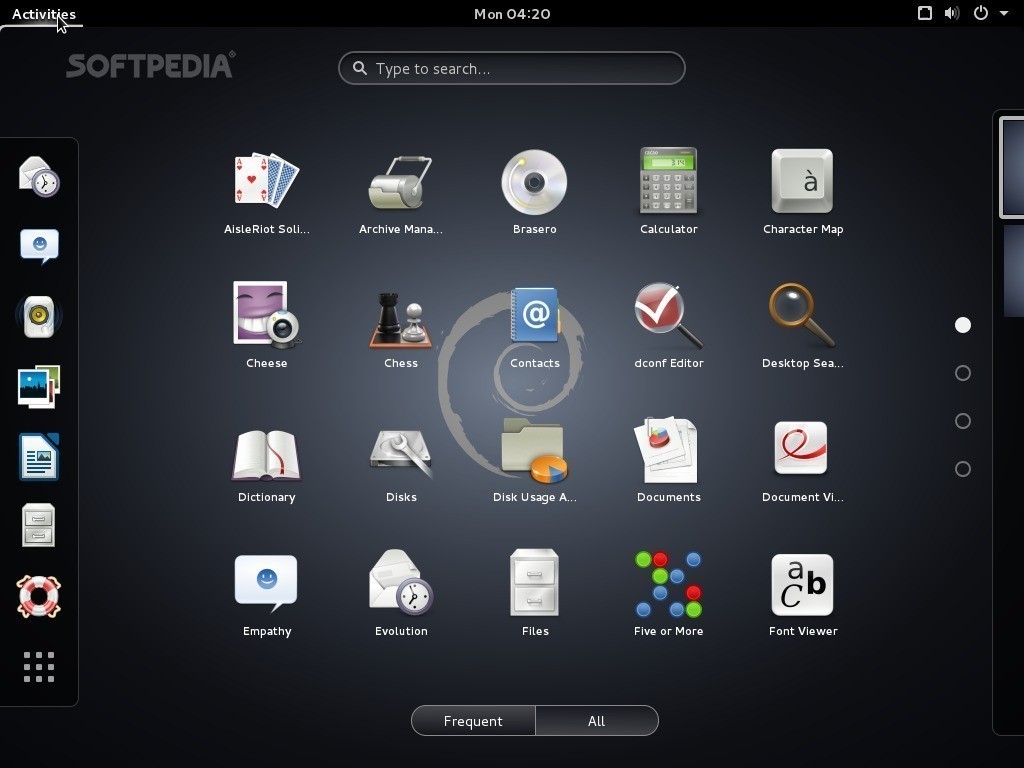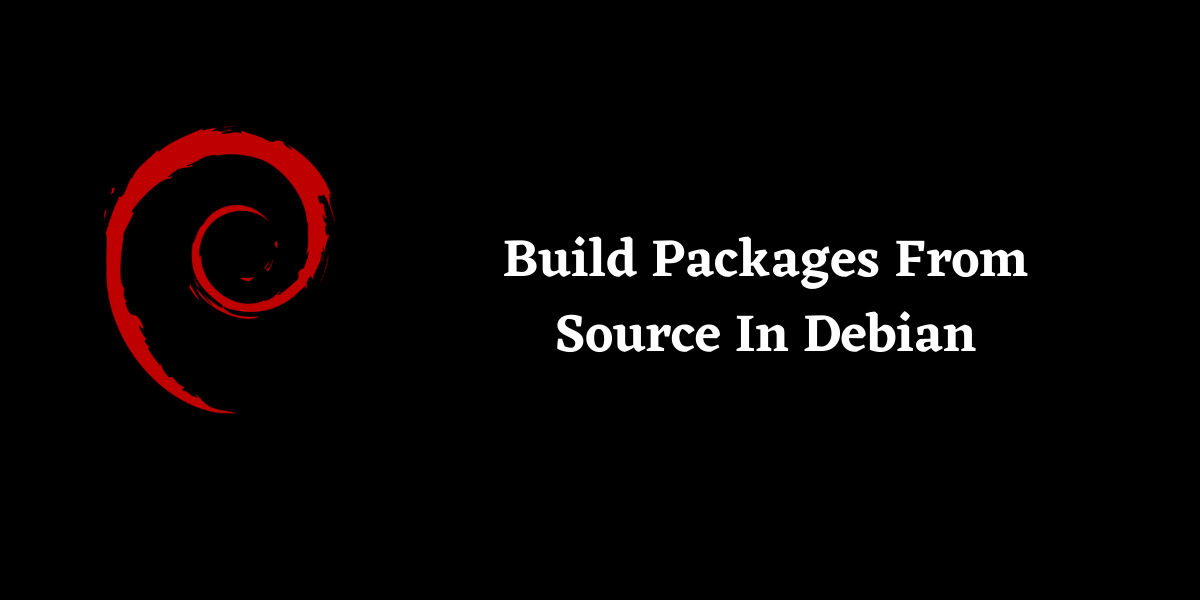


It provides necessary information about the package such as its name, version, architecture, dependencies, etc. The control file is a vital component of any Debian package. To create these directories, use the following commands: mkdir -p mypackage-1.0/DEBIAN mkdir -p mypackage-1.0/usr/bin Step 3: Creating the Control File Usr/bin: This is where the executable files will go.
#Debian packages how to
These files tell dpkg how to handle the package. Inside this directory, you’ll need to create the following subdirectories:ĭEBIAN: This is where the control files of the package are placed. In the terminal, create the directory with: mkdir mypackage-1.0 For example, if your package’s name is “mypackage” and the version is 1.0, the directory would be mypackage-1.0. The convention is to name the directory as name-version. To begin with, create a directory for your package. Step 2: Creating the Directoriesĭebian packages have a specific directory structure that needs to be followed.

These packages include essential compilation tools (like gcc and make), as well as tools specifically designed for building Debian packages.
#Debian packages install
However, you will also need a few additional tools that can be installed using apt-get: sudo apt-get install build-essential devscripts debhelper The primary tool we’ll be using is dpkg-deb, which comes pre-installed on most Debian-based systems.
#Debian packages software
Next, make sure you have the necessary software to build Debian packages. Ubuntu is a popular option, but other Debian-based distributions such as Mint will also work. Step 1: Setting up your Environmentīefore you begin, you need to ensure that you have a Debian-based Linux distribution installed on your machine. Let’s walk you through creating your first Debian package. netxms_.įix the tarball name (you have a netxms_*. one directory above) and you can continue.Creating a Debian package for distribution can seem like a daunting task for beginners, but once you understand the process, it’s actually quite manageable.

Here you will get an error about the upstream tarball missing like this:ĭpkg-source: error: can't build with source format '3.0 (quilt)': no upstream tarball found at. Rename s/netxms-/netxms_/ netxms-*.tar.gz nxms-packaging & true Īfter this modify the debian change-log to ensure you have a different version with every build (so your apt repo and servers installing the packages can differentiate newer versions). Sudo ln -s libclntsh.so.11.1 /opt/instantclient_11_2/libclntsh.soīuilding packages mkdir. Sudo unzip -x -d /opt instantclient-sdk-linux*-11.2.0.4.0.zip Sudo unzip -x -d /opt instantclient-basiclite-linux*-11.2.0.4.0.zip Next you need the Oracle Instant Client from:Īgree to the license and get the download link after signing in. This Wiki is deprecated and we are are currrently migrating remaining pages into product documentation ( Admin Guide, NXSL Guide)Īpt-get install debootstrap devscripts git debhelper dh-autoreconf debconf libssl-dev zlib1g-dev libexpat1-dev libsensors4-dev libjansson-dev libreadline-dev libsqlite3-dev libmysqlclient-dev libcurl4-openssl-dev libpq-dev libldap2-dev libaio1 unixodbc-dev openjdk-7-jdk maven


 0 kommentar(er)
0 kommentar(er)
